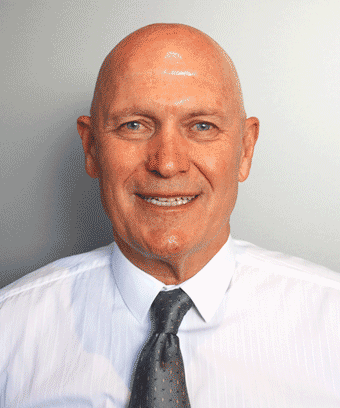7 steps to securing your dream home in 2014
 It’s no secret that searching for a home that fits every want and need can be a frustrating process. Buyers are now realising that new-build homes are equally as affordable as second-hand properties, and that, if they buy a lot and work with a builder from the start, they have the say in the design from the very beginning.
It’s no secret that searching for a home that fits every want and need can be a frustrating process. Buyers are now realising that new-build homes are equally as affordable as second-hand properties, and that, if they buy a lot and work with a builder from the start, they have the say in the design from the very beginning.

Blogger: Kim Clarke, managing director, Xcel Properties
To continue reading the rest of this article, please log in.
Create free account to get unlimited news articles and more!
Securing a ‘dream home’ was likely at the top of many New Year’s resolutions for 2014. For most of us, a dream home is one that is designed to our preferences, is tailored to our living needs, and which we can grow into as our families grow. New-build homes offer the best-fit solution.
It’s no secret that searching for a home that fits every want and need can be a frustrating process, especially when you’re aware that your budget won’t stretch to renovations. What buyers are now realising is that new-build homes are equally as affordable as second-hand properties, and that, if they buy a lot and work with a builder from the start, they have the say in the design from the very beginning. The added incentive of government grants and low interest rates are also major selling points for buyers.
See my tips below on how to secure a new-build dream home in 2014.
1. Prioritise your needs and wants. It’s easy to get carried away with add-ons and extras. Map out what you can afford to spend and then outline what you ‘need’, sourcing what this will cost you. If you have a reserve to play after that, you can then begin choosing the luxuries that you ‘want’. If this is your first home then it’s better to purchase a new-build that you can afford that’s also a great investment. That way you’re only paying for what you need right now – an upgrade to a larger or more luxurious home can happen when you’re ready.
2. Take advantage of low interest rates. With interest rates currently sitting at a 40-year low, now is a better time than ever to apply for a mortgage. Remember to factor in at least a five per cent rate increase over the life of your mortgage to help determine how much you can afford to borrow and the size of your repayments.
3. Buy a house and land package. Being on a similar price level to second-hand properties, house and land packages are an increasingly popular choice in suburbs with room for growth. These communities in development maximise choice in terms of the size and shape of the land, and the positioning, size and design of the home - including all the key features buyers need to suit their living needs.
4. Apply for grants. Don’t forget to search online to see if you’re eligible for a government first home buyer’s grant. Some states such as Queensland offer up to $15,000 to those buying a new home.
5. Negotiate with builders. Do your homework by researching builders in regards to reputation and price. One increasingly popular way to research is through online reviews and forums. Choose your top five builders and source costs. Let each know what the other is offering. It’s likely that they’ll be able to compete on price or offer additional extras. Remember, a quick and cheap service is not necessarily the best service.
6. Ensure the community is a good fit for you. While the property is important, it’s the community that makes it a home. Before buying, take the time to speak with the neighbours, try the amenities and find information about funding of local facilities, reputation of the local schools and public transport. If you’re looking into a development, a good development should have a sales team that takes you around the neighbourhood and discuss the plans and services in our community.
7. Use the First Home Savers account. For those whose first-home purchase is a longer-term plan, the First Home Saver Account can help. Each year the government will make a 17 per cent contribution on the first $6000 deposited into this account each year – that’s an additional $1020 each year. Withdrawals can only be made after four years. First Home Saver accounts are available from some banks, building societies, credit unions, friendly societies, life insurance companies and super funds.
About Kim Clarke Kim Clarke is founder and Managing Director of Xcel Properties with over 40 years’ experience in the real estate and property development industry.
Kim Clarke is founder and Managing Director of Xcel Properties with over 40 years’ experience in the real estate and property development industry.
Specialising in Regional Queensland development, Kim’s current focus sits with his latest project Plantation Palms. Based in one of the state’s fastest growing regional cities – Mackay – this community will grow in line with the Government’s projected 55% population increase by 2031.
